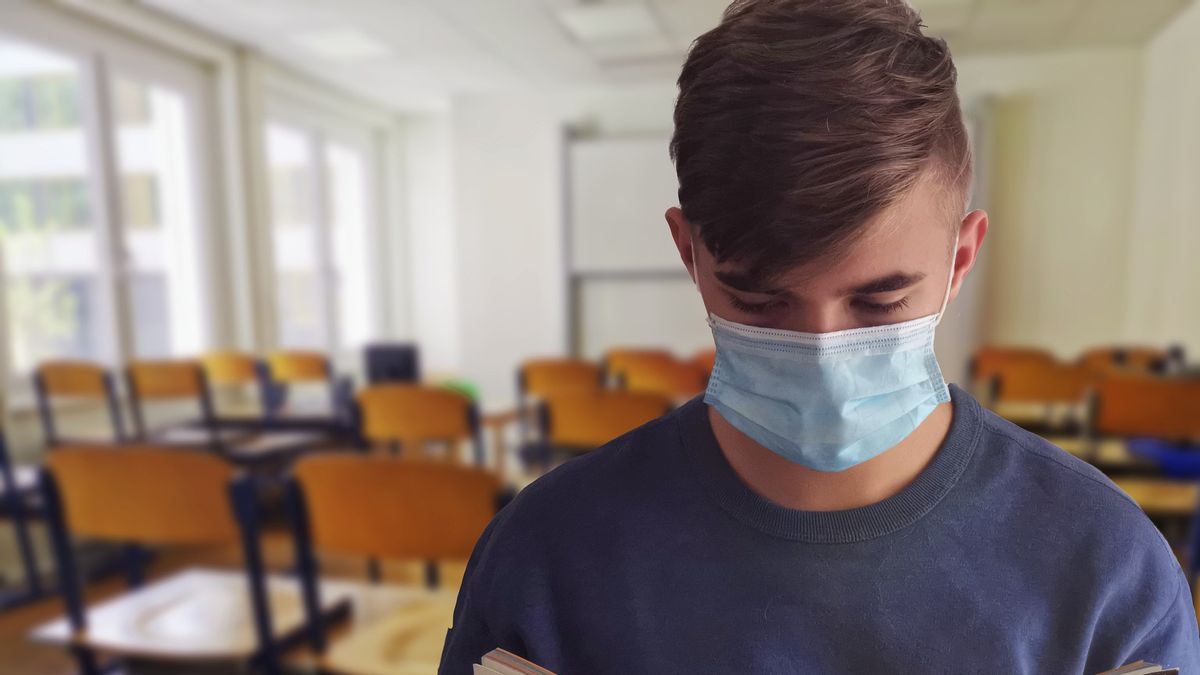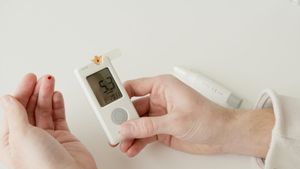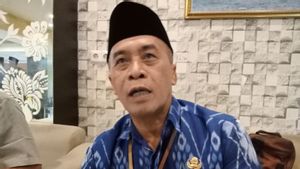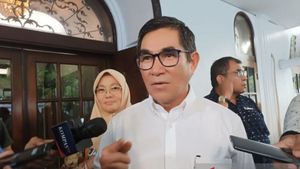JAKARTA - The Indonesian Child Protection Commission (KPAI) conducted a survey on students' perceptions regarding plans to reopen schools with face-to-face learning in January 2021.
The survey was conducted on 62,448 students. The survey method uses questionnaires through the WhatsApp and Facebook applications.
As a result, the majority of students or as many as 48,817 students agreed that the school would open in January 2021, 6,241 students disagreed, and 10,078 students answered doubtfully.
"There are 78.17 percent of respondents who agreed face-to-face schools to open at the beginning of next year, while only about 10 percent who disagreed. As for those who answered doubtfully, around 16.13 percent," said KPAI Commissioner Retno Listyarti in her statement, Monday, December 28th.
Retno said, the biggest reason students want to return to face-to-face learning at school is because they are tired of carrying out online distance learning (PJJ) and need variety with face-to-face learning. Especially, in practicum activities and discussion of difficult material.
"Nearly 56 percent of respondents who agree with face-to-face learning state this reason, especially students in grade 6 SD and grade 9 SMP and grade 12 SMA or SMK," he said.
Meanwhile, of the number of students who disagreed with schools opening in January 2021, 45 percent of respondents argued that they were worried about contracting COVID-19, where cases are still high in their areas.
There were also those who expressed doubts about the readiness of their schools to provide infrastructure and health protocols (SOPs) to adapt to new habits in their schools. "Those who stated this reason reached 40 percent of respondents," said Retno.
For information, this survey was carried out for one week, namely on 11-18 December 2020 with the number of student respondents or participants reaching 62,448 students.
Male respondents reached 55 percent and female respondents were 45 percent. The education levels that participated were from elementary to high school. There are also SLB and Madrasah students, but there are not many students.
Respondents come from 34 provinces, with the majority of respondents also coming from Java. The provinces with the highest participants were DKI Jakarta with 44.86 percent, Central Java 18.5, West Java 17.75 percent, Bali 13.11 percent, East Java 2.5 percent, DI Yogyakarta 2.04 percent, and several other provinces with each coverage below 2 percent.
The English, Chinese, Japanese, Arabic, and French versions are automatically generated by the AI. So there may still be inaccuracies in translating, please always see Indonesian as our main language. (system supported by DigitalSiber.id)









